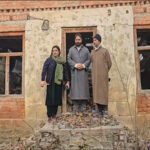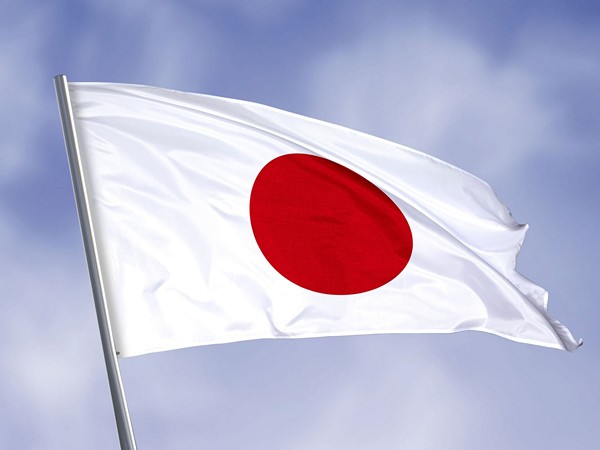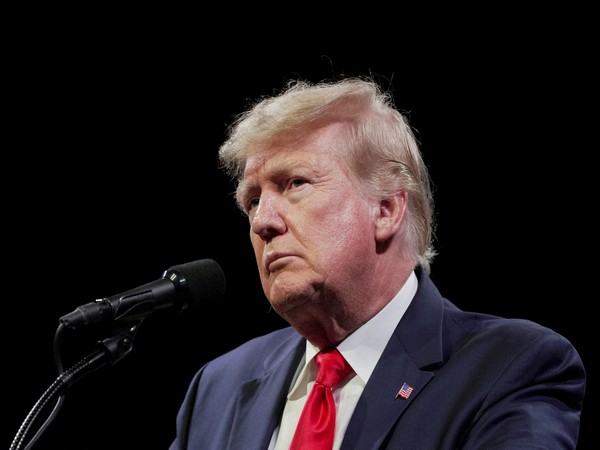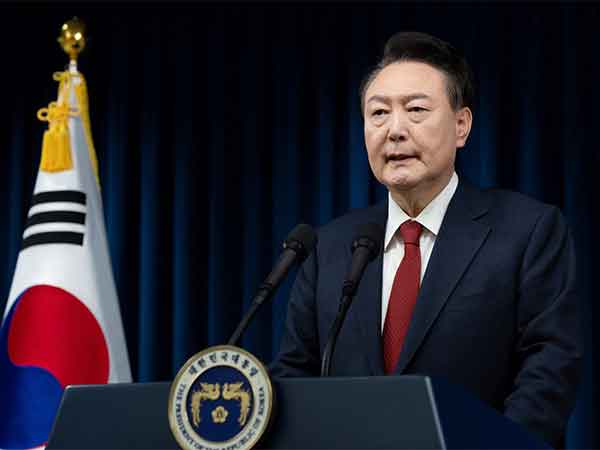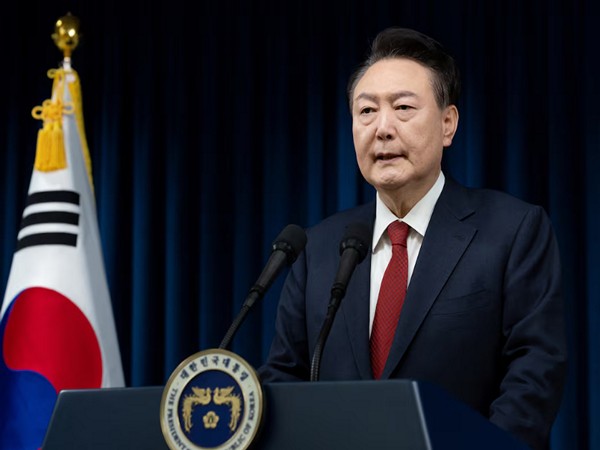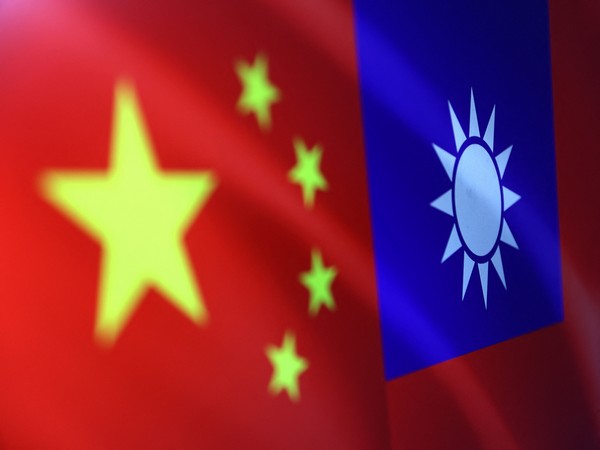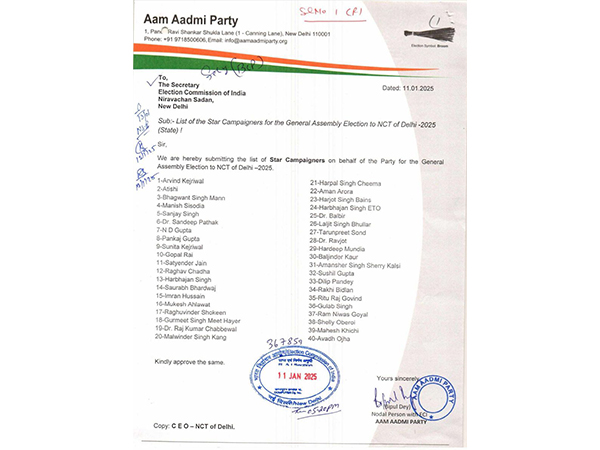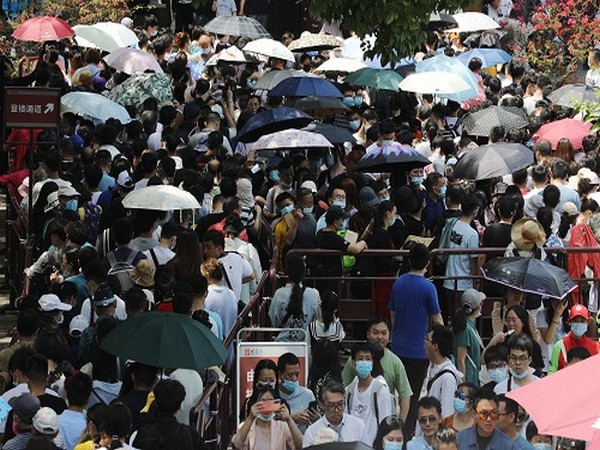
Hong Kong, June 2 (ANI): Bucking the trend, China has announced this week that it will allow couples to have three children in a bid to boost its population, but some experts are questioning over why Beijing did not scrap birth caps entirely? The reason might be Xinjiang.
Ben Westcott, writing in CNN said that China kept a limit on parents because of Beijing’s attitudes towards its ethnic minorities, particularly those in Xinjiang.
The Chinese government did not mention minorities, including Uyghurs, in its relaxing of the three-child policy, and authorities have consistently denied accusations of forced contraception and sterilization.
State-run media blamed Xinjiang‘s previously high birth rates on religious extremism, and painted declining fertility as a victory for women’s rights.
Experts said it is unlikely the rules will be relaxed for minorities any time soon.
“If you lifted the birth restrictions universally, they’d lose their justification for tightening birth control policies against specific sectors of Chinese society that they dislike,” said Carl Minzner, professor of law at Fordham University.
Since 2017, the Chinese government has strictly enforced its family planning policies on minorities in the far-western province, where Beijing is accused of committing genocide against the Muslim-majority Uyghur people. The crackdown caused local birth rates to plunge by a third in 2018.
The Chinese government strongly denies allegations of genocide and says that any attempts to limit the Uyghur population fall within the country’s standard birth control policies, wrote Westcott.
Experts said Beijing is reluctant to remove all quotas on the number of children per family for several reasons.
But one major factor is that ending the policy would make it much more difficult to justify Beijing’s attempts to limit the population in Xinjiang and other regions with large minority groups, which tend to have more children, reported CNN.
“Continuing to limit births among populations deemed problematic is certainly part of the calculus,” said Darren Byler, a Xinjiang expert and a postdoctoral research fellow at the University of Colorado.
“If there was no policy across the whole country, it would be difficult to enforce a separate one for poor people and Muslims.”
Moreover, retaining control over Xinjiang birth rates is not the only reason for the Chinese government’s retention of three-child limits on families.
Experts said Beijing would be reluctant to find new roles for the tens of thousands of people employed by the government to oversee the country’s massive family planning policy.
At the same time, removing the limits would abolish one of the many ways the Chinese government can monitor its population, Byler said, forcing Beijing to find another reason to carry out intimate domestic surveillance.
China‘s birth rate has been falling rapidly since the introduction of the one-child policy more than 40 years ago, which limited couples to one baby in order to alleviate poverty and stem a population boom.
While the policy successfully reined in birth rates as China developed, in more recent years officials have become concerned the country won’t have enough young workers to keep powering its economic growth. A rapidly aging workforce, expecting their promised pensions, has only exacerbated those pressures, wrote Qestcott.
Faced with a demographic crisis, the Chinese government relaxed the policy in 2016 to allow for two children, but many couples in the Han middle class were reluctant to have more than one child, citing the high costs of raising families particularly in cities. In 2020, the birth rate fell by almost 15 per cent year on year.
But while the number of new-borns fell across China, the official birth rate remained comparatively high in the western region of Xinjiang.
Between 1991 and 2017, Xinjiang had a substantially higher birth-rate ratio when compared to the rest of the country, according to a report by the Australian Strategic Policy Institute.
Researchers say for decades Xinjiang‘s Uyghur families traditionally had many children — sometimes as many as nine or ten. Some Uyghurs exceeded this and in many cases that was tolerated, reported CNN.
During the one-child policy, ethnic minorities, including Xinjiang‘s Uyghur population, were allowed to have up to three children, which authorities said was in deference of the group’s cultural traditions of large families.
But when the Chinese government began its crackdown in Xinjiang in 2017, which allegedly involved sending millions of Uyghurs to a vast complex of detention centers, there was a simultaneous tightening of family planning policies.
Between 2017 and 2018, birth rates in Xinjiang dropped by a third, from 15.8 per 1,000 people to 10.7 per 1,000 people, wrote Westcott.
In a fax to CNN in September 2020, the Chinese government attributed the drop in the birth rate to “the comprehensive implementation of the family planning policy.”
At a time when the Chinese government was desperately trying to raise birth rates, sterilizations in the region surged to 243 per 100,000 people in 2018, according to official government documents referenced in a report by Xinjiang researcher Adrian Zenz. That is far higher than the rate of 33 per 100,000 people for the rest of the country.
And while the use of IUD birth control devices dropped in China between 2016 and 2018, Zenz quoted documents showing in Xinjiang it rose to 963 per 100,000 people.
Female Uyghurs who have since left Xinjiang say they were subjected to forced contraception and sterilizations, reported CNN.
In his report, Zenz quoted official Chinese government policy directives beginning in 2017 which call on administrators to “severely attack behaviours that violate family planning (policies).” From that year, minority regions began a “special campaign to control birth control violations.”
One ethnic Uyghur doctor who fled to Turkey said in 2020 that out of 300 exiled Uyghur women she examined from Xinjiang, about 80 had been sterilized. Many of them didn’t even know they’d undergone the procedure, wrote Westcott. (ANI)



